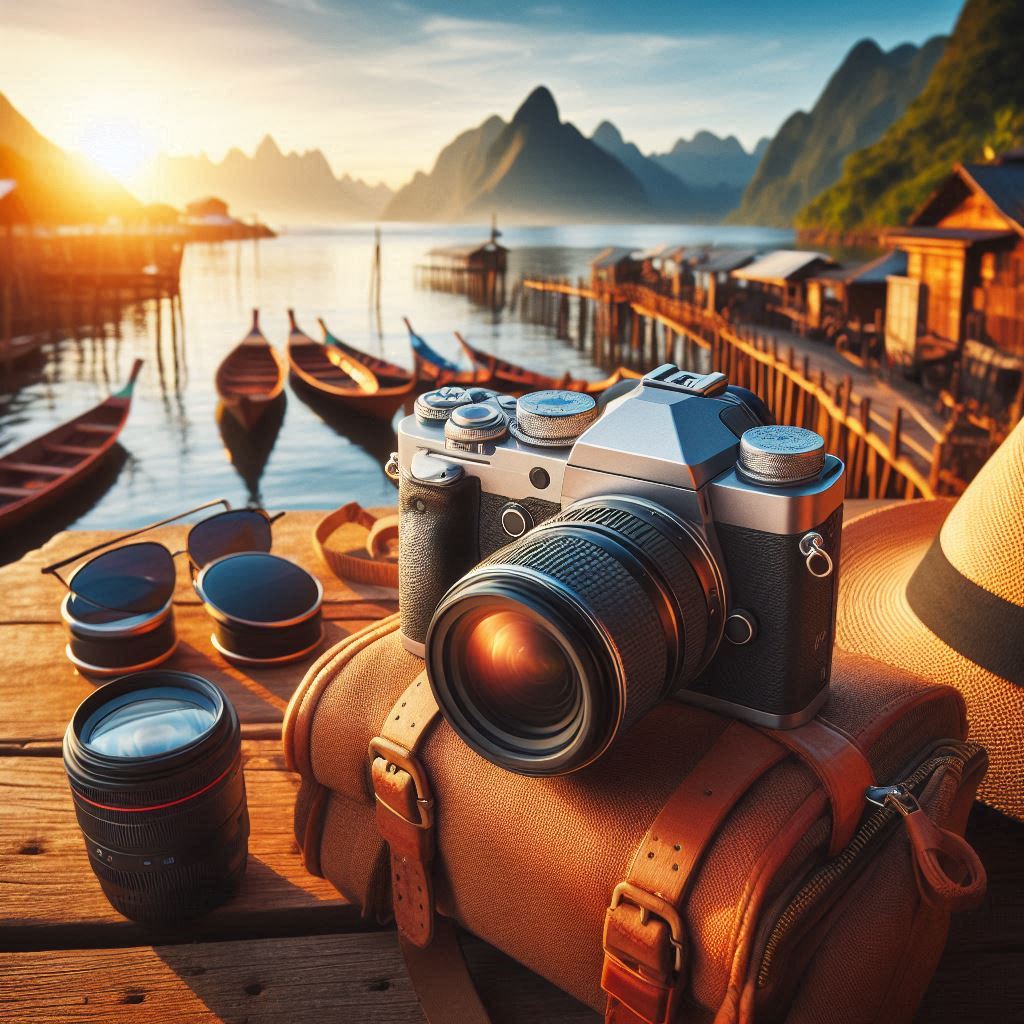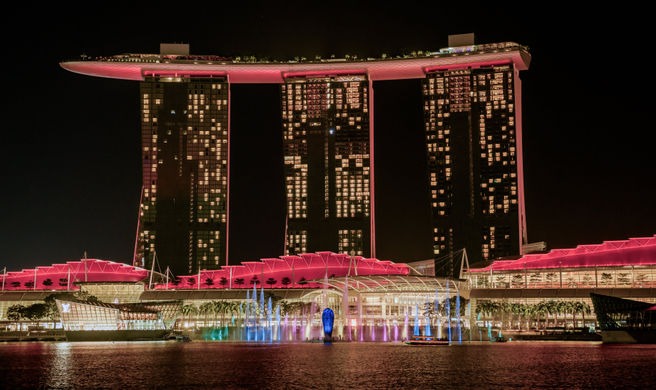Traveling offers countless opportunities to explore new places, cultures, and landscapes. One of the best ways to preserve these moments is by capturing them through photography. Whether you’re a professional photographer or a casual traveler, having the right camera can make all the difference. In this article, we’ll explore the top 7 cameras for traveling that are renowned for their performance, portability, and image quality.
1. Sony Alpha a7C

The Sony Alpha a7C is a full-frame mirrorless camera that stands out for its compact size and impressive performance. Despite its small footprint, the a7C boasts a 24.2-megapixel full-frame sensor that delivers exceptional image quality. It’s perfect for travelers who need a powerful camera without the bulk.
Key Features:
- 24.2MP Full-Frame Sensor: Captures stunning, high-resolution images with excellent detail and color accuracy.
- Fast Autofocus: With 693 phase-detection and 425 contrast-detection points, it ensures quick and precise focus.
- 4K Video Recording: Shoot high-quality 4K videos with full pixel readout and no pixel binning.
- Compact Design: Weighs just 509 grams, making it easy to carry around.
Why It’s Great for Travel: The Sony Alpha a7C combines professional-grade features with a compact design, making it ideal for capturing high-quality images and videos on the go.
2. Canon EOS R5

The Canon EOS R5 is a high-end mirrorless camera that excels in both still photography and video recording. It offers a range of features that cater to serious photographers and videographers, making it a versatile choice for travel.
Key Features:
- 45MP Full-Frame Sensor: Provides outstanding image quality with high resolution and dynamic range.
- In-Body Image Stabilization: Reduces camera shake and ensures sharp images even in low light.
- 8K Video Recording: Capture ultra-high-definition video for professional-grade footage.
- Dual Pixel CMOS AF II: Fast and accurate autofocus with 1,053 points for better tracking of subjects.
Why It’s Great for Travel: With its high resolution, excellent video capabilities, and robust autofocus system, the Canon EOS R5 is a powerful tool for capturing detailed travel memories.
3. Fujifilm X-T4

The Fujifilm X-T4 is a versatile mirrorless camera known for its unique color science and in-body stabilization. It’s a favorite among travel photographers who appreciate its blend of performance and style.
Key Features:
- 26.1MP APS-C Sensor: Delivers sharp and vibrant images with excellent color reproduction.
- In-Body Image Stabilization: Provides up to 6.5 stops of stabilization for clear shots in various conditions.
- 4K Video Recording: Shoot high-quality 4K video at up to 60 frames per second.
- Film Simulation Modes: Offers a range of film simulation modes for creative effects.
Why It’s Great for Travel: The Fujifilm X-T4’s lightweight design, impressive image stabilization, and unique film simulations make it a top choice for capturing creative travel shots.
4. Olympus OM-D E-M10 Mark III

The Olympus OM-D E-M10 Mark III is a compact mirrorless camera that offers excellent performance in a small package. It’s ideal for travelers who want a camera that is both portable and capable of producing high-quality images.
Key Features:
- 16MP Micro Four Thirds Sensor: Provides good image quality with vibrant colors and detail.
- 5-Axis In-Body Stabilization: Reduces camera shake and helps produce sharp images.
- 4K Video Recording: Capture high-resolution video with ease.
- Compact and Lightweight: Weighs just 410 grams, making it easy to carry.
Why It’s Great for Travel: The Olympus OM-D E-M10 Mark III’s compact size, effective stabilization, and affordability make it a great option for travelers who want quality without the bulk.
5. Sony RX100 VII

Sony RX100 VII is a high-end compact camera that offers excellent performance and versatility in a small form factor. It’s a top choice for travelers who want a powerful camera that fits in their pocket.
Key Features:
- 20.1MP 1-Inch Sensor: Delivers high-quality images with great detail and low noise.
- 24-200mm Zoom Lens: Offers a versatile zoom range for various shooting situations.
- Fast Hybrid Autofocus: Includes 357 phase-detection and 425 contrast-detection points for quick focus.
- 4K Video Recording: Records high-resolution video with full pixel readout.
Why It’s Great for Travel: The Sony RX100 VII’s compact size, high-quality sensor, and versatile zoom lens make it perfect for capturing spontaneous travel moments without the need for multiple lenses.
6. Panasonic Lumix GX85 (GX80)

The Panasonic Lumix GX85, also known as the GX80 in some regions, is a compact mirrorless camera that offers impressive features for both photography and video. It’s a great choice for travelers who want a balance between performance and portability.
Key Features:
- 16MP Micro Four Thirds Sensor: Provides detailed and vibrant images.
- Dual Image Stabilization: Combines in-body and lens stabilization for clearer shots.
- 4K Video Recording: Capture ultra-high-definition video with ease.
- Compact Design: Lightweight and easy to carry around.
Why It’s Great for Travel: The Panasonic Lumix GX85’s dual stabilization system, compact size, and 4K video capability make it a versatile and travel-friendly camera.
7. Nikon Z50

The Nikon Z50 is a mirrorless camera that offers a great balance of performance and portability. It’s designed for those who want a compact camera with interchangeable lenses and advanced features.
Key Features:
- 20.9MP APS-C Sensor: Delivers high-quality images with excellent detail.
- 4K Video Recording: Capture high-resolution video with full pixel readout.
- Fast Autofocus: Includes 209 phase-detection points for quick and accurate focus.
- Compact and Lightweight: Easy to carry, even with additional lenses.
Why It’s Great for Travel: The Nikon Z50’s combination of a high-quality sensor, 4K video recording, and compact design makes it an excellent choice for travelers who want a versatile camera without carrying a lot of gear.
Choosing the right camera for travel involves balancing performance, portability, and image quality. Whether you prefer a compact point-and-shoot like the Sony RX100 VII or a more advanced mirrorless option like the Canon EOS R5, each of these top 7 cameras offers unique features that can enhance your travel photography experience.
Remember, the best camera is the one that fits your needs and style of travel. With the right gear, you can capture your adventures in stunning detail and create lasting memories from your journeys around the world. Happy shooting!






















